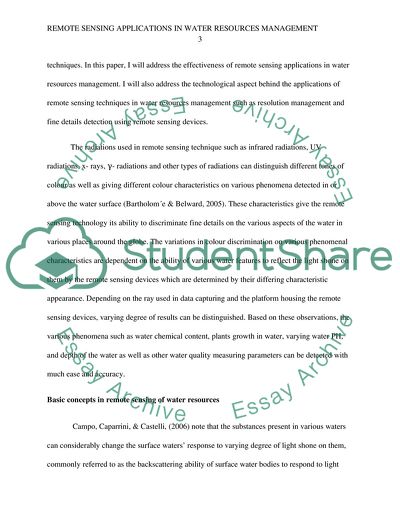Cite this document
(Water Resource Monitoring Using Remote Sensing Coursework, n.d.)
Water Resource Monitoring Using Remote Sensing Coursework. https://studentshare.org/environmental-studies/1826483-water-resource-monitoring-using-remote-sensing
Water Resource Monitoring Using Remote Sensing Coursework. https://studentshare.org/environmental-studies/1826483-water-resource-monitoring-using-remote-sensing
(Water Resource Monitoring Using Remote Sensing Coursework)
Water Resource Monitoring Using Remote Sensing Coursework. https://studentshare.org/environmental-studies/1826483-water-resource-monitoring-using-remote-sensing.
Water Resource Monitoring Using Remote Sensing Coursework. https://studentshare.org/environmental-studies/1826483-water-resource-monitoring-using-remote-sensing.
“Water Resource Monitoring Using Remote Sensing Coursework”. https://studentshare.org/environmental-studies/1826483-water-resource-monitoring-using-remote-sensing.


